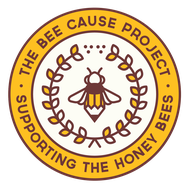Genetically Modified Insect
(View Complete Item Description)The January 2012 issue of PLOS Neglected Tropical Diseases presented an Editorial, a Viewpoint, and two accompanying Expert Commentaries that focussed on the application of genetically modified (GM) insects for control of animal and plant diseases. These articles describe the technological advances these tools represent, the regulatory framework, and the societal dialogue that is necessary for their wide-scale application for disease control. Here, we have assembled a collection of articles published in the PLOS journals that describe the technical and applied aspects of GM insects. We also included articles that are not strictly GM, but aim to modify the disease transmission traits of insects through the use of symbiotic microbes.
Material Type: Data Set, Primary Source




















